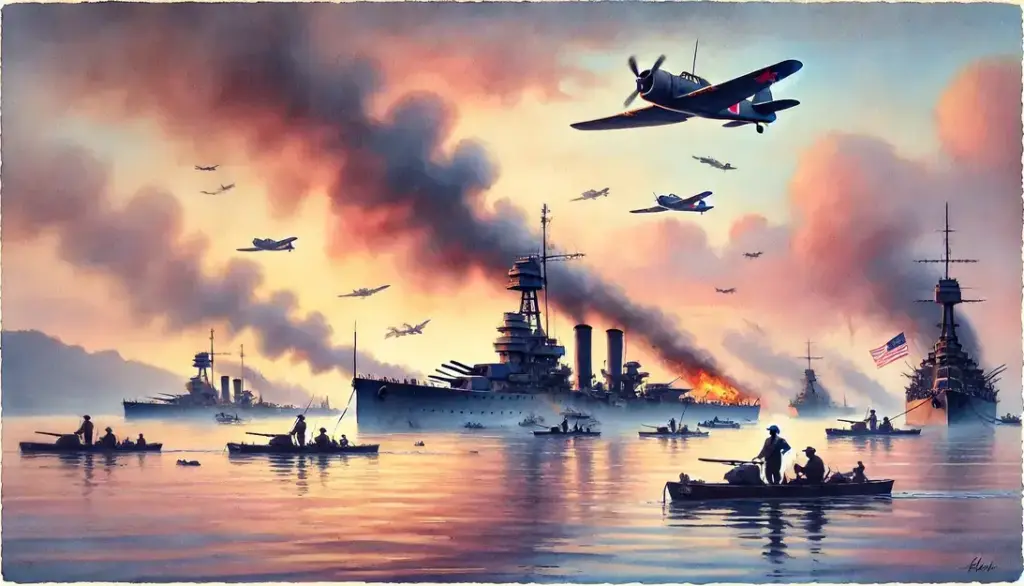On December 7, 1941, the world was stunned as Japan launched a surprise attack on Pearl Harbor, plunging the United States into World War II. But this act wasn’t random. Japan faced severe resource shortages, particularly oil, as economic sanctions tightened. Their leaders saw Pearl Harbor as a way to weaken the U.S. Pacific Fleet, buying time to secure crucial resources in Southeast Asia. The attack was bold, calculated—and ultimately, a gamble that shaped history forever.
The Prelude to the Attack
Japan’s attack on Pearl Harbor wasn’t a spur-of-the-moment decision. It reflected a series of events rooted in territorial ambitions, economic needs, and strained relations with the United States. To truly understand, let’s dig into the factors leading to this dramatic historical moment.
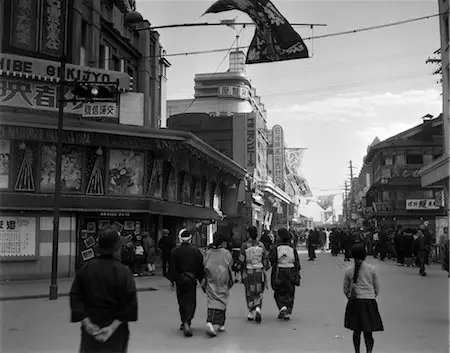
Japan’s Imperial Ambitions
During the early 20th century, Japan aggressively expanded its territory. From the annexation of Korea in 1910 to its invasion of Manchuria in 1931, Japan sought to assert itself as a dominant power in Asia. The motivations were clear: Japan needed resources and space to support its growing population and industry. However, this effort wasn’t only about resources but about pride and proving itself against Western powers.

However, Japan’s territorial ambitions antagonized countries like the United States. America viewed Japan’s actions, especially its expansion into China, as a threat to its own economic and political interests in the region. These moves put Japan on a collision course with countries dependent on Asia’s stability, as highlighted by Japan’s imperial policies before Pearl Harbor.
This imperial drive wasn’t just about land or wealth but a symbolic effort to rival global Western powers. However, this ambition set the stage for diplomatic tensions that would spiral out of control.
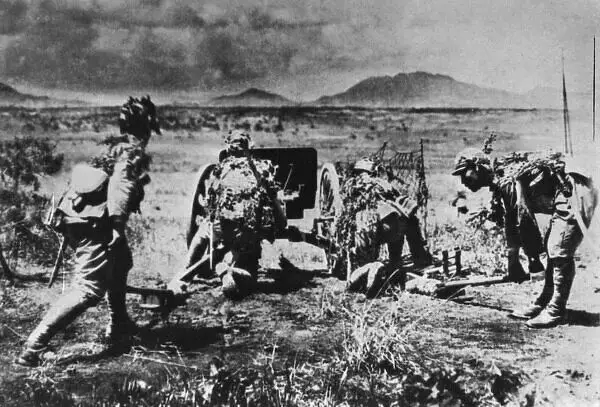
US-Japan Relations Before the War
Relations between the United States and Japan were once cooperative but quickly became contentious in the years leading to World War II. A series of events escalated tensions. Among them were trade restrictions imposed by the U.S., which targeted strategic materials like scrap metal and oil. America wanted to curb Japan’s aggression in Asia but underestimated how vital those resources were to Japan’s survival.
The situation worsened when the U.S. froze Japanese assets in July 1941 following Japan’s occupation of French Indochina. This act, effectively cutting off Japan from vital oil supplies, was seen by Japanese leaders as a chokehold on their economy. As emphasized by the freezing of Japanese assets in 1941, Japan faced an ultimatum: retreat or fight.
Diplomatic efforts were made, but neither side was willing to compromise. The U.S. wanted Japan to withdraw from China, which Tokyo saw as non-negotiable. This left Japan feeling cornered and ready to take drastic action.
The Role of Resources and Economic Factors
At its heart, the attack on Pearl Harbor was driven by Japan’s dire need for resources. The country imported nearly all its oil, and U.S.-led embargoes cut off over 80% of its supply. This wasn’t about luxury—it was about survival. Without oil, Japan’s military machine would grind to a halt, and its ambitions in Asia would crumble.
Japan’s leaders believed their only option was securing resource-rich Southeast Asian areas. But this plan posed a problem: the U.S. Navy stationed at Pearl Harbor could thwart such efforts. Thus, striking Pearl Harbor wasn’t only about weakening the United States; it was also about buying time to dominate Southeast Asia and secure vital resources like oil and rubber.
Historians often cite embargoes as a turning point, as detailed in how U.S. economic sanctions led to conflict. These measures weren’t just obstacles; they were triggers that pushed Japan into a corner with seemingly no way out.
Each of these factors—territorial ambition, diplomatic breakdowns, and resource desperation—played a pivotal role in leading Japan to launch the attack.
Planning the Attack
Before Japan’s infamous attack on Pearl Harbor, meticulous planning laid the foundation for what would become one of the most consequential events of World War II. Japanese leaders, particularly Admiral Isoroku Yamamoto, orchestrated a strategy designed to control the Pacific and eliminate American resistance—at least temporarily.
Admiral Yamamoto’s Strategy
Admiral Isoroku Yamamoto, the mastermind behind the attack on Pearl Harbor, was both a brilliant strategist and a realist. He understood Japan’s precarious position against the United States—a war of attrition was unwinnable given America’s industrial strength and capacity to produce weapons of war. To level the playing field, Yamamoto advocated for a bold, decisive strike that would leave the U.S. unable to mount an immediate counterattack.
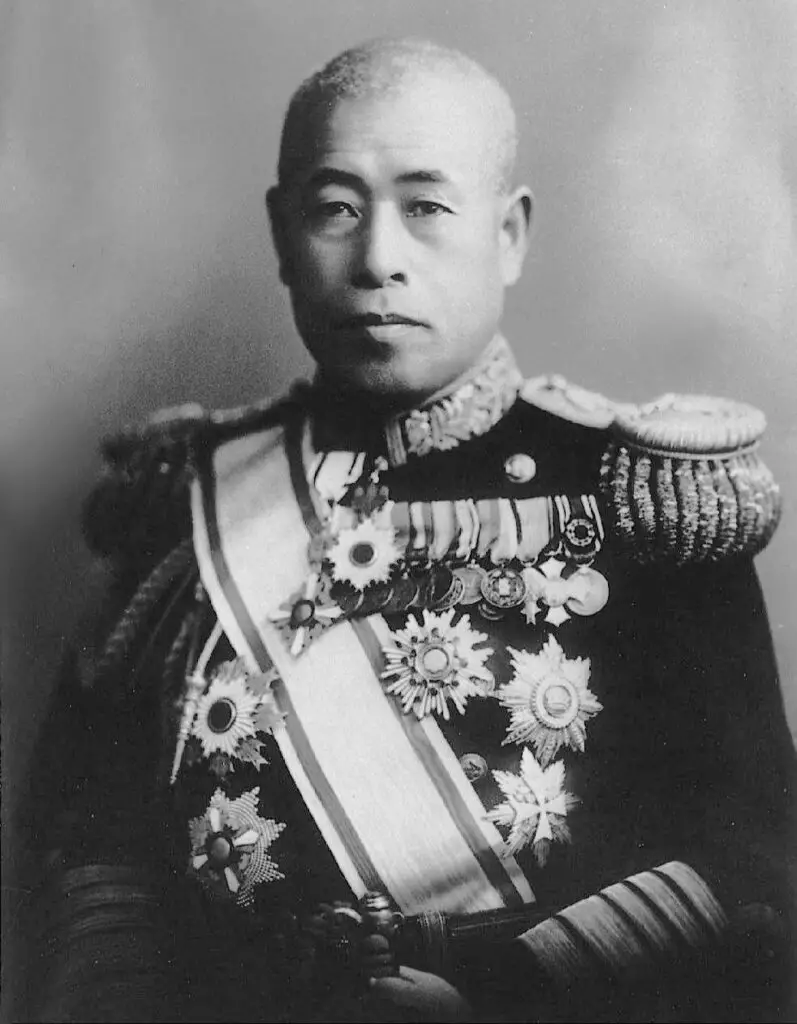
Yamamoto’s approach was unconventional. He focused on leveraging Japan’s naval air power, a relatively new and risky tactic at the time. The plan aimed to destroy the U.S. Pacific Fleet while it was anchored in Pearl Harbor, catching American forces off guard. To achieve this, Japan relied on a fleet of aircraft carriers—an innovative strategy that other nations had not widely adopted to this extent.
As historians note, Yamamoto’s determination was pivotal in bypassing traditional naval strategies. You can read more about his strategic ingenuity and its complexities in Admiral Yamamoto’s Practice for Pearl Harbor: Truth and Fiction.
Key Objectives of the Attack
The Pearl Harbor attack wasn’t just about inflicting damage—it was about buying time and space for Japan’s next moves. The objectives were clear and calculated:
- Crippling the U.S. Pacific Fleet: Japan sought to destroy vital U.S. naval assets, like battleships and aircraft carriers, preventing an American response to Japanese advances in Asia.
- Securing Southeast Asia: By neutralizing the Pacific Fleet, Japan aimed to dominate resource-rich territories like Indonesia and Malaysia, ensuring access to oil, rubber, and other crucial materials.
- Gaining Morale Advantage: A significant victory at Pearl Harbor would boost Japanese morale and demonstrate Japan’s military prowess to the world.
Ultimately, Japan believed a swift and devastating strike would force the U.S. into negotiations. However, this gamble underestimated the American people’s resolve.
Japanese Intelligence and Reconnaissance
A key to the success of the Pearl Harbor attack was Japan’s meticulous intelligence work. Spies in Hawaii closely monitored U.S. naval movements, while aerial reconnaissance provided up-to-date details about the base layout. The element of surprise was paramount, and every effort was made to ensure secrecy.
In the months before the attack, Japan invested heavily in training its pilots. Special techniques, like shallow-water torpedo drops, were developed to counteract Pearl Harbor’s relatively shallow lagoon. These innovative methods paid off, as demonstrated by the devastating efficiency of the attack.
Additionally, weather conditions were carefully factored into the planning. The Japanese fleet approached under stormy skies, minimizing the risk of detection as they advanced toward Hawaii. The precision and secrecy of these preparations were nothing short of remarkable.
Planning Pearl Harbor may provide additional details for readers interested in the broader scope of Japanese war efforts during this era.
December 7, 1941: A Day That Changed History
The quiet morning of December 7, 1941, was shattered by the roar of Japanese bombers over Pearl Harbor, Hawaii. The attack lasted mere hours, but its consequences echoed across generations, cementing its place in history as the day the U.S. entered World War II. This moment demonstrated both the strategy and oversights of Japan’s military ambitions.
Details of the Attack
At 7:48 a.m. local time, Japan unleashed a surprise aerial strike on the U.S. Pacific Fleet stationed at Pearl Harbor. The attack came in two waves, with 353 Japanese aircraft, including bombers, torpedo planes, and fighters, targeting battleships, cruisers, and airfields.
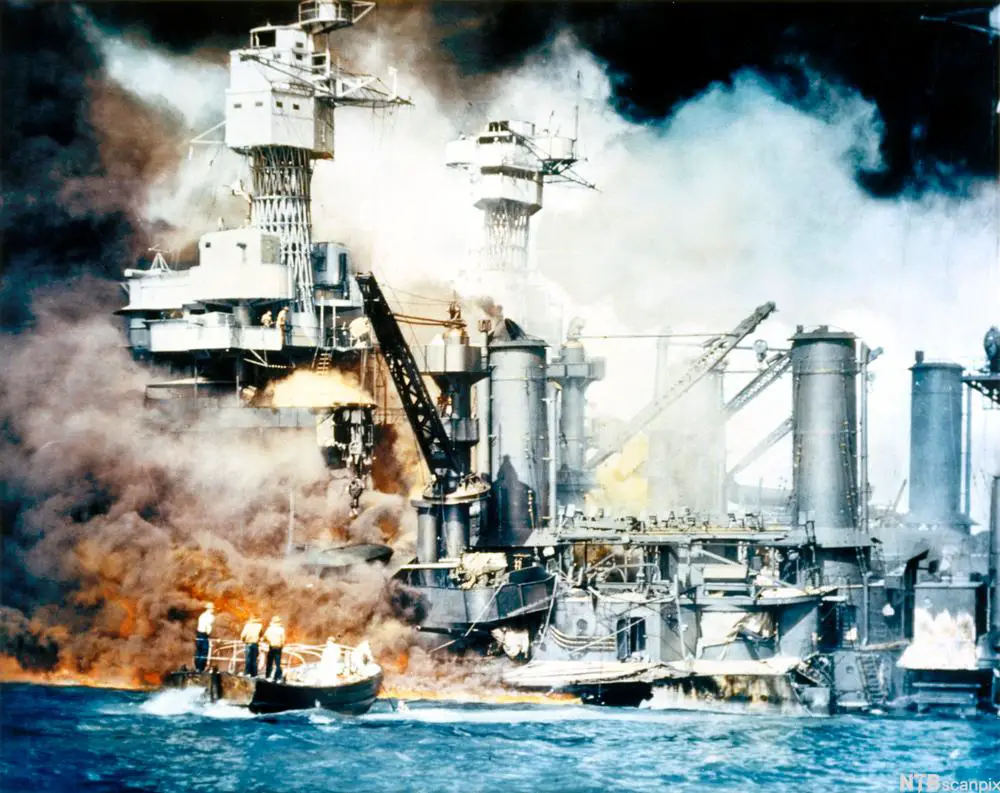
Key events unfolded swiftly:
- Within minutes, eight U.S. battleships were struck, four of which were sunk, including the USS Arizona.
- Over 2,400 Americans lost their lives, with countless others wounded.
- Approximately 180 aircraft were destroyed, crippling air defenses.
Despite the devastating blow, key elements of U.S. firepower, including all aircraft carriers, were absent and unharmed, a significant strategic oversight by Japan. For a detailed recounting, you can explore What Happened At Pearl Harbor.
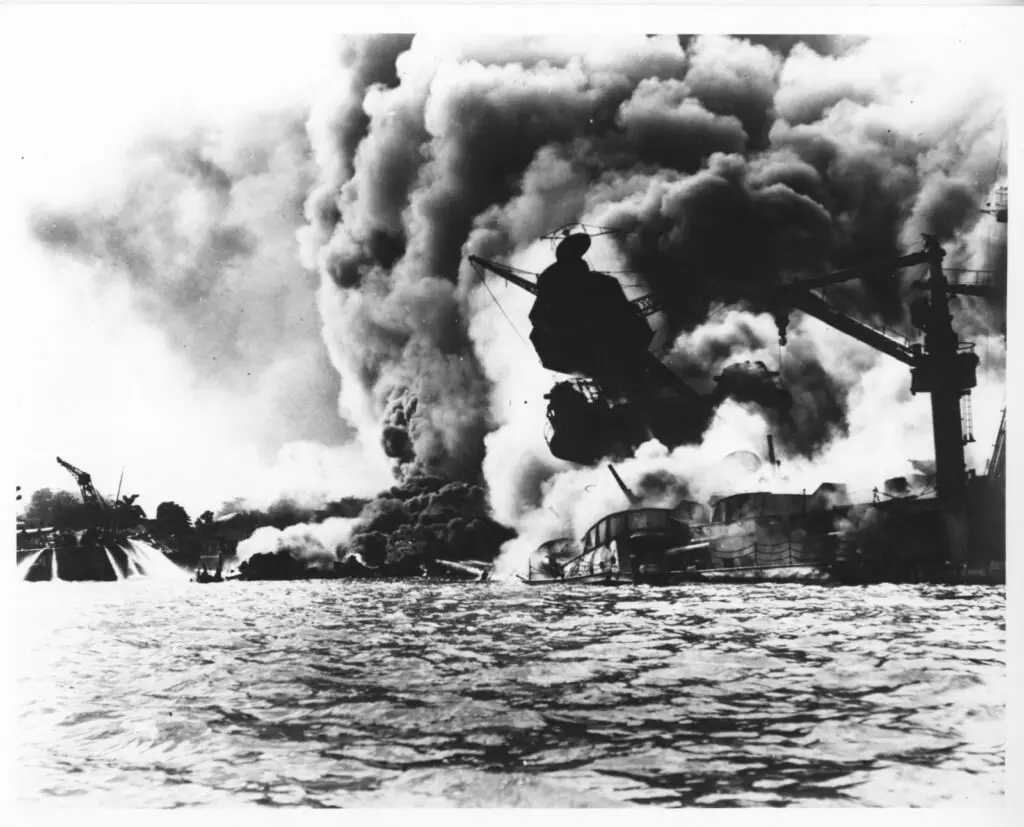
Impact on American Soil and Public Opinion
Before the attack, the United States remained hesitant about entering World War II. The strike on Pearl Harbor instantly united the country. President Franklin D. Roosevelt called it “a date which will live in infamy,” sparking nationwide outrage and patriotism. The next day, the U.S. declared war on Japan, marking its entry into the global conflict.
Public opinion shifted dramatically. Isolationist sentiments dissolved as millions enlisted, ready to defend their homeland. Japan’s attack wasn’t just a tactical misstep—it underestimated the American people’s resolve. The event catalyzed a military response that would ultimately lead to Japan’s defeat.
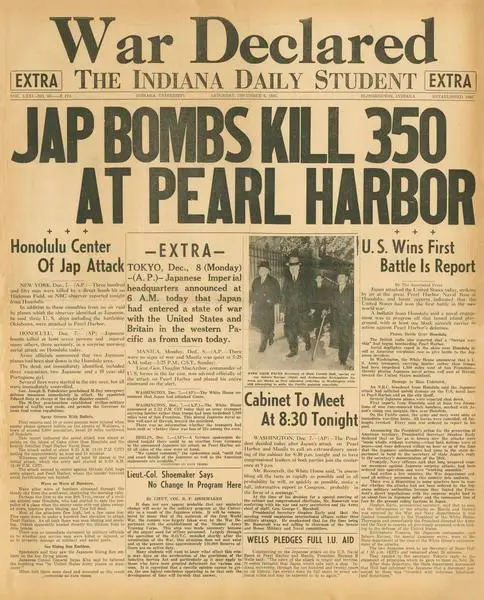
Surprise and Strategy: What Went Right and Wrong
The Pearl Harbor attack showcased Japan’s meticulous strategy but also glaring miscalculations.
What went right:
- Element of Surprise: American forces were caught off guard on a peaceful Sunday morning.
- Innovative Tactics: Japan’s use of shallow-water torpedoes was unprecedented, demonstrating military ingenuity.
What went wrong:
- Missed Targets: The U.S. aircraft carriers, the backbone of the Pacific Fleet, were not at Pearl Harbor during the attack.
- Galvanized Opponent: Instead of demoralizing the United States, the attack spurred unwavering determination for victory.
The attack’s success was temporary. Its strategy, while bold, failed in its ultimate aim to cripple the U.S. war effort permanently. For further insights into the attack dynamics, check out Pearl Harbor attack.
The December 7, 1941, events represent one of history’s most pivotal moments. The attack was both a great victory and a costly miscalculation, setting the stage for a global conflict that would shape nations for decades to come.
The Broader Context of World War II
World War II reshaped the global landscape in ways that still echo. Japan’s attack on Pearl Harbor, while a dramatic turning point, was part of a much larger narrative involving imperial ambition, military strategy, and a world in upheaval. To truly understand the attack, viewing it alongside the broader context of events that followed is important.
Japanese Expansion After Pearl Harbor
Japan experienced immediate successes in the wake of its strike on Pearl Harbor. With the U.S. Pacific Fleet momentarily weakened, Japanese forces swiftly moved to seize vital territories in Southeast Asia and the Pacific. These regions were resource-rich and provided access to oil, rubber, and other crucial materials critical to fueling Japan’s war machine.
Victories came quickly. Within months, Japan occupied territories like the Philippines, Malaya, and Singapore, gaining strategic and economic advantages. For a time, it seemed as though Japan had positioned itself as the dominant power in the Pacific.
However, these gains were fleeting. The sheer scale of the territories stretched Japan’s supply lines thin, creating vulnerabilities. By mid-1942, Japan began facing resistance on multiple fronts, most notably at the Battle of Midway, a pivotal encounter that marked the beginning of the end of Japanese expansion. Learn more about Japanese conquests and their eventual challenges.
The US Response and Mobilization
Japan may have caught the U.S. off guard at Pearl Harbor, but the response was swift and powerful. Within days, America demonstrated its unmatched industrial and military potential. The entire nation rallied behind the war effort, shifting from peace to total mobilization in what seemed like the blink of an eye.
To rebuild and retaliate, the U.S. transformed its factories into full-scale war production hubs, producing tanks, planes, and munitions at unprecedented speeds. New agencies like the War Production Board coordinated efforts, ensuring troops were equipped and battle-ready. Millions of Americans enlisted, while those on the home front supported the war through rationing and war bond drives. Read further about America’s rapid mobilization during WWII.
The turning point came with victories in both Europe and the Pacific. The Battle of Midway, just six months after Pearl Harbor, showcased American resilience and strategy. By overwhelming Japanese forces with superior resources and coordinated attacks, the U.S. began the slow but inevitable pushback that would eventually end the war in the Pacific.
Long-Term Consequences of Pearl Harbor
Pearl Harbor’s ripple effects transcended the immediate aftermath, reshaping alliances and global power structures for decades. Its most immediate impact was the shift in the United States foreign policy, away from isolationism and into a role of world leadership.
The attack also solidified the bond between Allied nations, lending greater cohesion to leaders like Roosevelt, Churchill, and Stalin. Together, they coordinated massive military campaigns to defeat the Axis powers. Meanwhile, Japan’s miscalculation in attacking Pearl Harbor ultimately led to its isolation and eventual defeat.
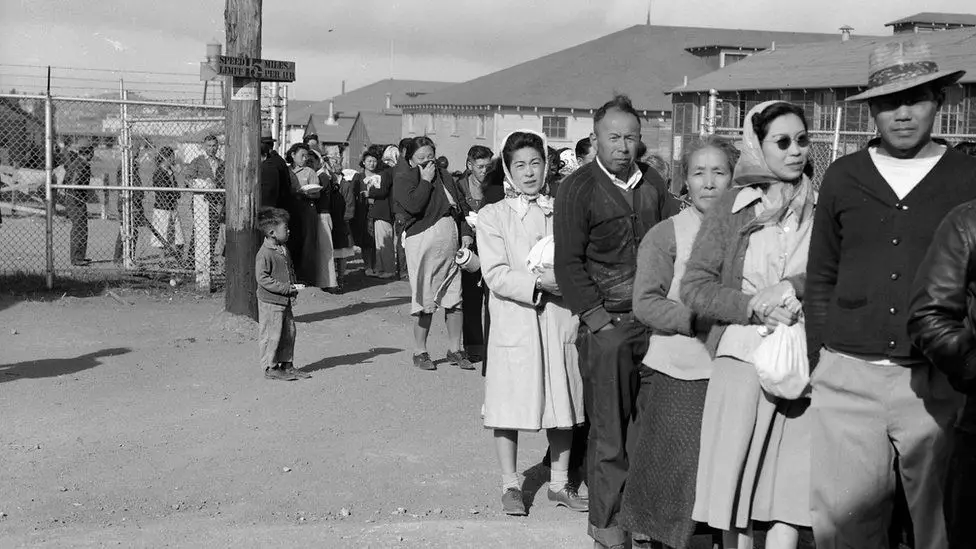
On a larger scale, the events following Pearl Harbor helped bring an end to colonialism in Asia and Africa, as empires were dismantled in the wake of the war. Additionally, the war fostered the beginning of the Cold War, as the U.S. and the Soviet Union emerged as rival superpowers.
The scars from Pearl Harbor also left lasting legacies in military and international policies, including the founding of the United Nations to prevent future global conflicts. For more insight into these long-term impacts, explore how Pearl Harbor changed global dynamics.
Lessons Learned and Historical Reflections
The attack on Pearl Harbor spurred major introspection, lessons, and historical shifts for both Japan and the United States. This section explores the key takeaways from that fateful day, how missteps impacted the course of history, and how the event continues to be reflected today.
Intelligence and Communication
Effective intelligence and communication are often the lifeblood of strategic success. At Pearl Harbor, failure in these areas had devastating consequences for the United States. American authorities underestimated Japan, believing an attack was unlikely due to logistical challenges and perceived Japanese inferiority. This gap in judgment left Pearl Harbor unprepared for the scale of the assault.
On Japan’s side, intelligence efforts were remarkably efficient. They relied on spies, thorough reconnaissance, and a surprising degree of secrecy to pull off the attack without alerting their target. It was a masterclass in covert operations. However, overconfidence in their intelligence obscured the risks of provoking a larger conflict, misjudging how the U.S. would respond.
Today, lessons on intelligence failures and miscommunication are often studied in military academies worldwide. Understanding the cost of underestimated opponents and uncoordinated defenses has reshaped modern national and international security strategies. To further analyze these lessons, dive into What was Learned from Pearl Harbor.

Diplomatic Failures and Missed Opportunities
Could the attack on Pearl Harbor have been avoided with better diplomacy? Many historians argue it might have been possible, though unlikely, given the political climate of the time. U.S. sanctions on Japan, particularly the oil embargo, escalated tensions drastically. Diplomacy had stalled by the summer of 1941, with both nations entrenched in positions they refused to compromise on.
Both sides miscalculated instead of finding a way to reduce hostilities. The U.S. underestimated just how desperate Japan had become for resources. Meanwhile, Japan’s leaders believed military aggression could force the U.S. into negotiation. Instead of resolving differences, these diplomatic missteps pushed the conflict toward a breaking point.
Reflecting on this history, one valuable takeaway is the importance of maintaining open channels of dialogue, even under extreme tension. Understanding cultural and political motivations on a deeper level might have prevented this tragic escalation. For a closer look at how these actions continue to resonate, check Reflections of Pearl Harbor.
Pearl Harbor’s Lasting Legacy
In both Japan and the United States, Pearl Harbor’s legacy remains a powerful symbol. For the U.S., it serves as a reminder of vulnerability and resilience, forever tied to its shift from isolationism to a dominant global role. National memorials, such as the USS Arizona Memorial, maintain Pearl Harbor’s significance in collective memory.
In Japan, the lessons are tied to humility and the value of peace over conflict. Many Japanese leaders and citizens reflect on Pearl Harbor as a moment of profound historical impact, examining how the war ultimately led to their nation’s post-war transformation. For generations born after the conflict, Pearl Harbor is a crucial part of understanding Japan’s role in World War II.
Public events and educational programs in both nations ensure the lessons of Pearl Harbor are passed down. These efforts emphasize the hope for a world where misunderstandings and miscalculations don’t lead to violence. Find more insights about this heritage at Remembering Pearl Harbor.

